 Springfield Street Scene
Springfield Street Scene
Entry Category: Counties, Cities, and Towns - Starting with S
 Springfield Street Scene
Springfield Street Scene
Springtown (Benton County)
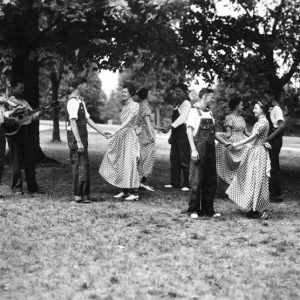 Square Dance
Square Dance
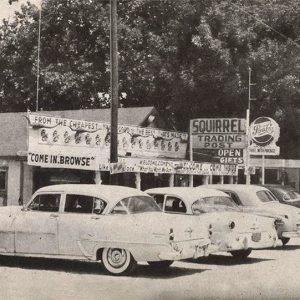 The Squirrel
The Squirrel
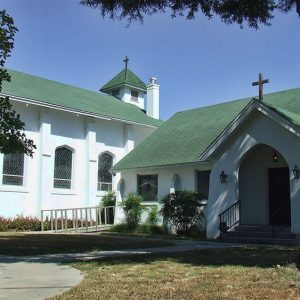 St. Andrew’s Episcopal Church
St. Andrew’s Episcopal Church
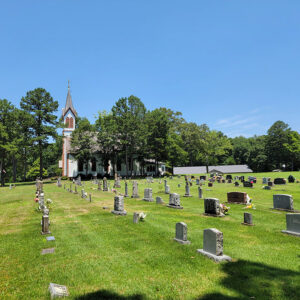 St. Boniface Cemetery
St. Boniface Cemetery
St. Boniface Colony
aka: New Dixie (Perry County)
 St. Boniface Church
St. Boniface Church
 St. Boniface Church
St. Boniface Church
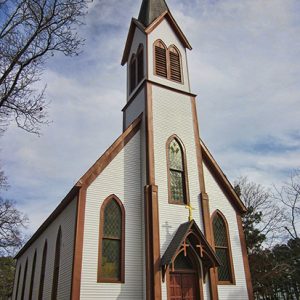 St. Boniface Church
St. Boniface Church
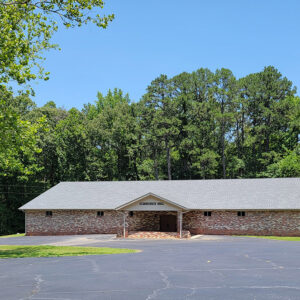 St. Boniface Hall
St. Boniface Hall
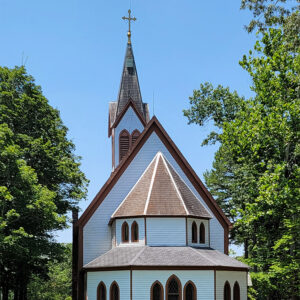 St. Boniface Rear View
St. Boniface Rear View
 St. Boniface Rectory
St. Boniface Rectory
 St. Boniface Side View
St. Boniface Side View
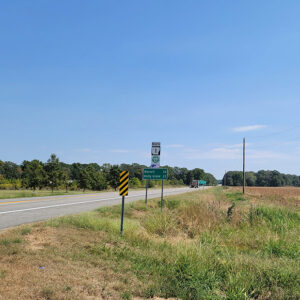 Entering St. Charles
Entering St. Charles
St. Charles (Arkansas County)
 St. Charles Access
St. Charles Access
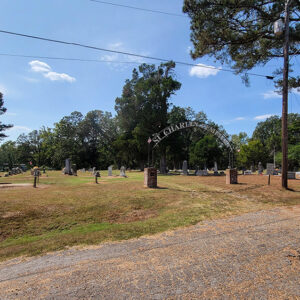 St. Charles Cemetery
St. Charles Cemetery
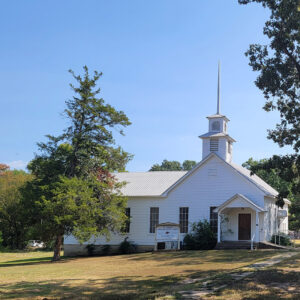 St. Charles Church
St. Charles Church
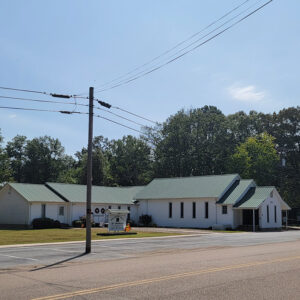 St. Charles Church
St. Charles Church
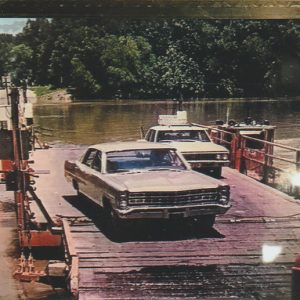 St. Charles Ferry
St. Charles Ferry
 St. Charles Fire Department
St. Charles Fire Department
 St. Charles Grocery
St. Charles Grocery
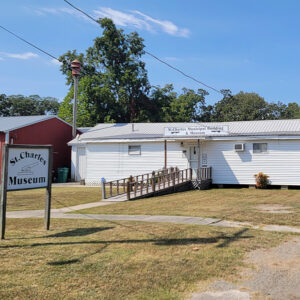 St. Charles Museum
St. Charles Museum
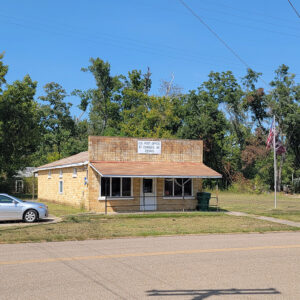 St. Charles Post Office
St. Charles Post Office
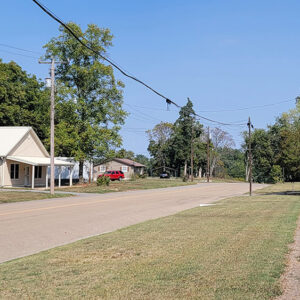 St. Charles Street Scene
St. Charles Street Scene
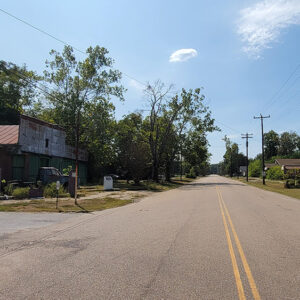 St. Charles Street Scene
St. Charles Street Scene
 St. Charles Water Tower
St. Charles Water Tower
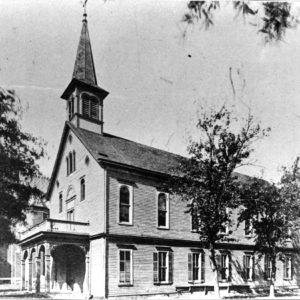 St. Edward Catholic Church
St. Edward Catholic Church
St. Elizabeth (Conway County)
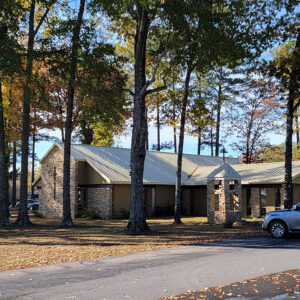 St. Elizabeth Catholic Church
St. Elizabeth Catholic Church
 St. Elizabeth Cemetery
St. Elizabeth Cemetery
 St. Elizabeth Street Scene
St. Elizabeth Street Scene
St. Francis (Clay County)
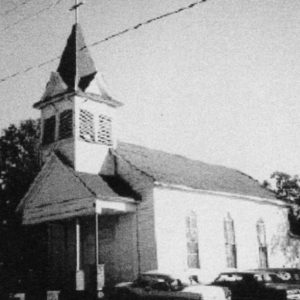 St. Francis Catholic Church
St. Francis Catholic Church
St. Francis County
 St. Francis County Museum
St. Francis County Museum
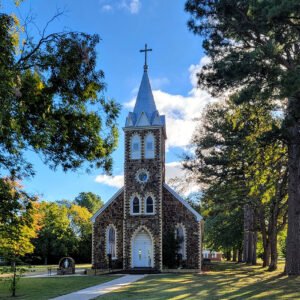 St. Ignatius Catholic Church
St. Ignatius Catholic Church
St. James (Stone County)
St. Joe (Searcy County)
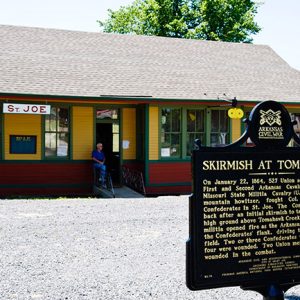 St. Joe Depot
St. Joe Depot
 St. Joe Depot
St. Joe Depot
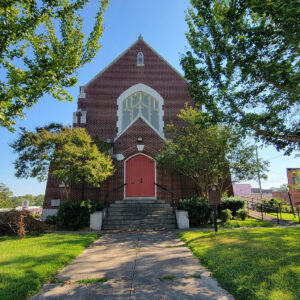 St. John's Episcopal Church
St. John's Episcopal Church
 St. John's Episcopal Church Plaque
St. John's Episcopal Church Plaque
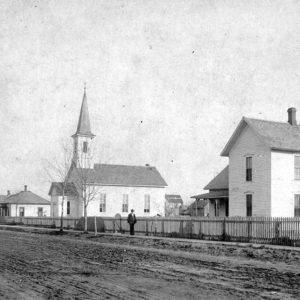 St. John's Lutheran Church
St. John's Lutheran Church
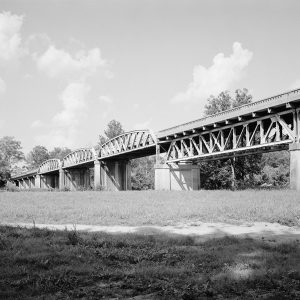 St. LouisSan Francisco Bridge
St. LouisSan Francisco Bridge
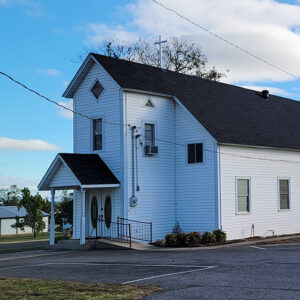 St. Meinrad Catholic Church
St. Meinrad Catholic Church
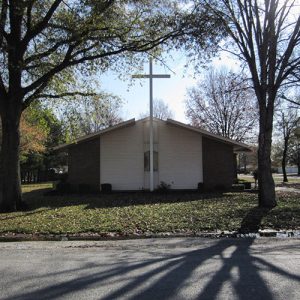 St. Norbert’s Catholic Church
St. Norbert’s Catholic Church
St. Paul (Madison County)
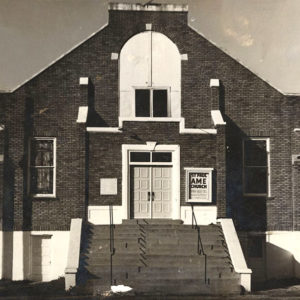 St. Paul A.M.E. Church
St. Paul A.M.E. Church




